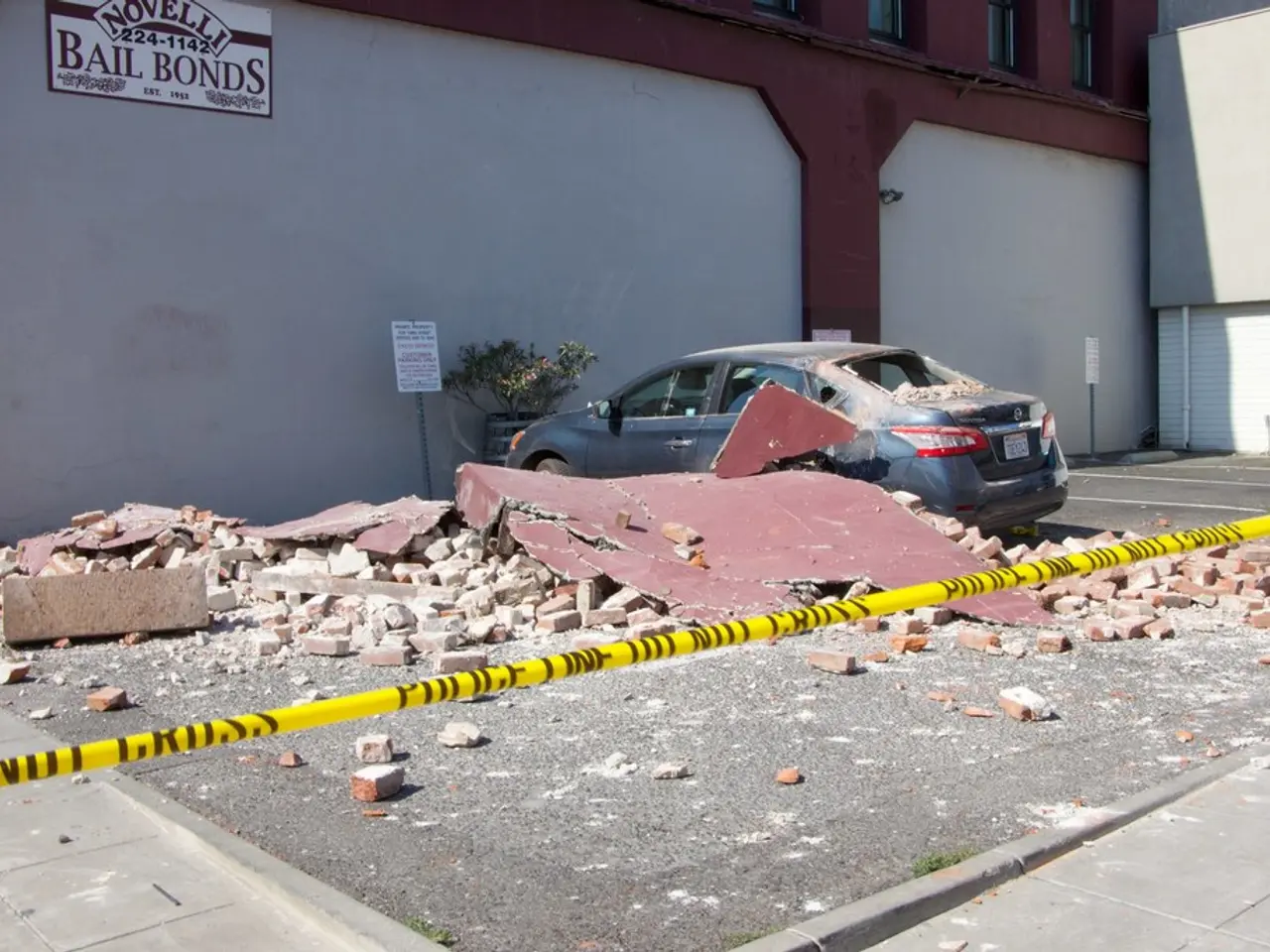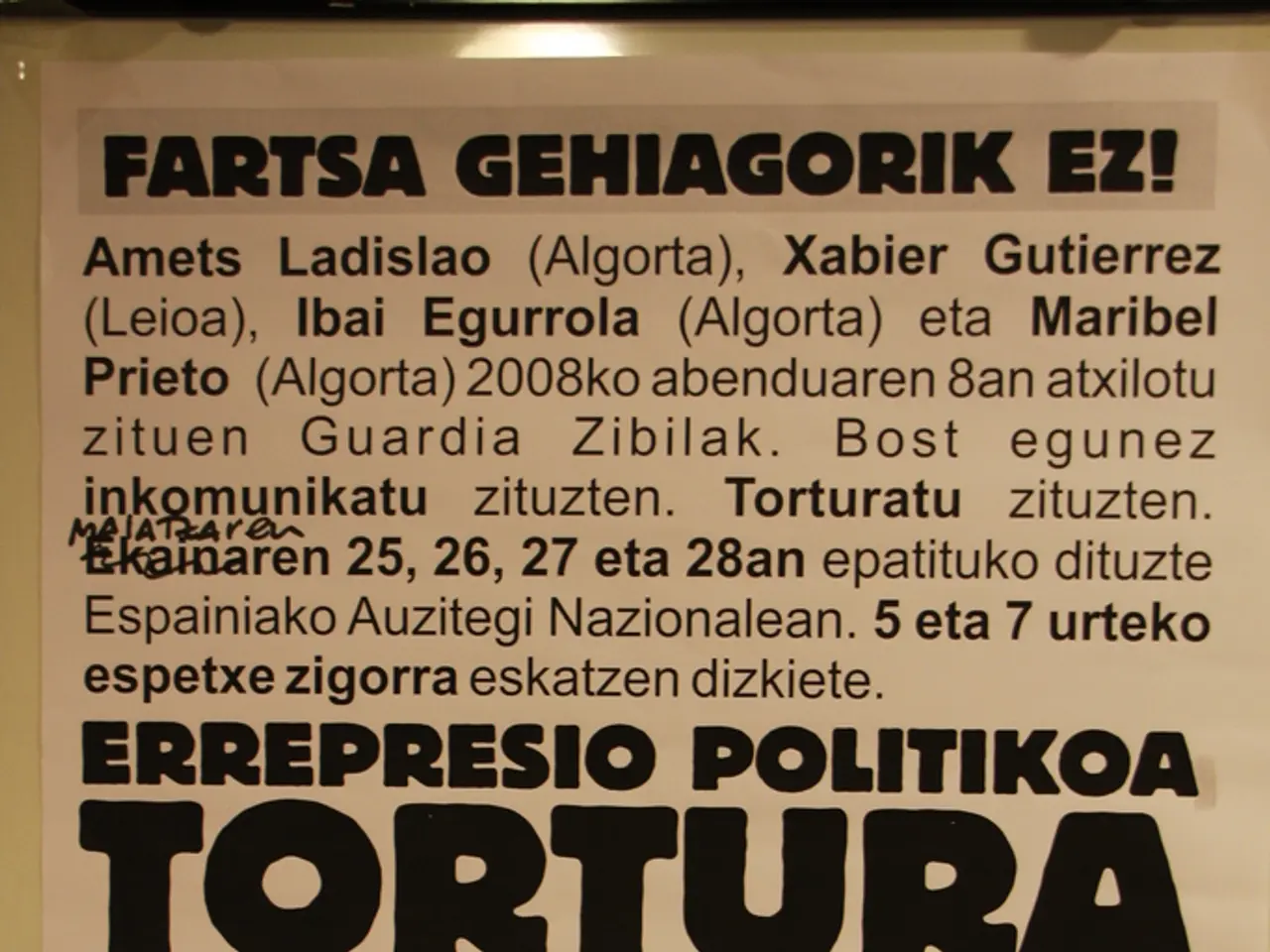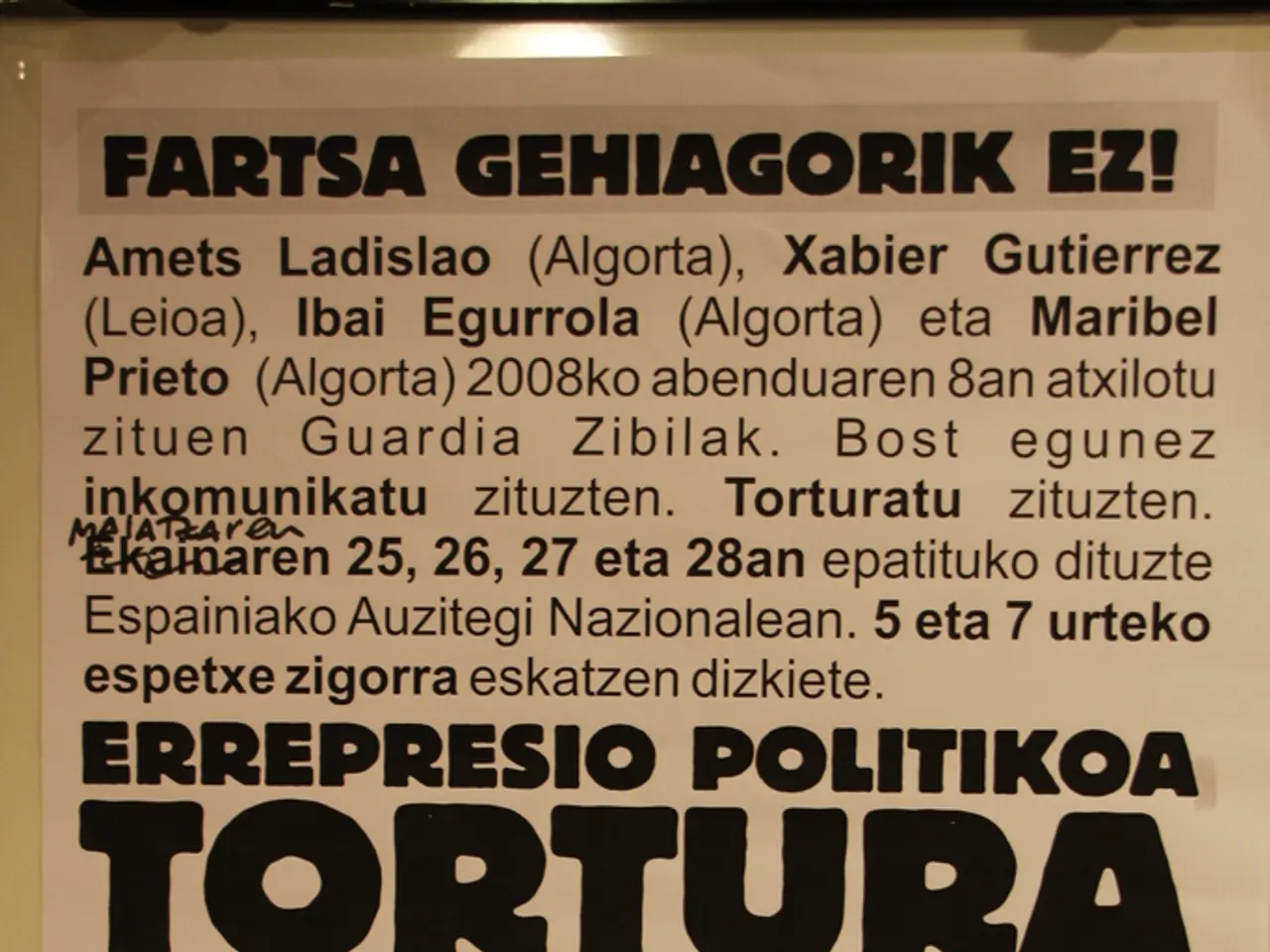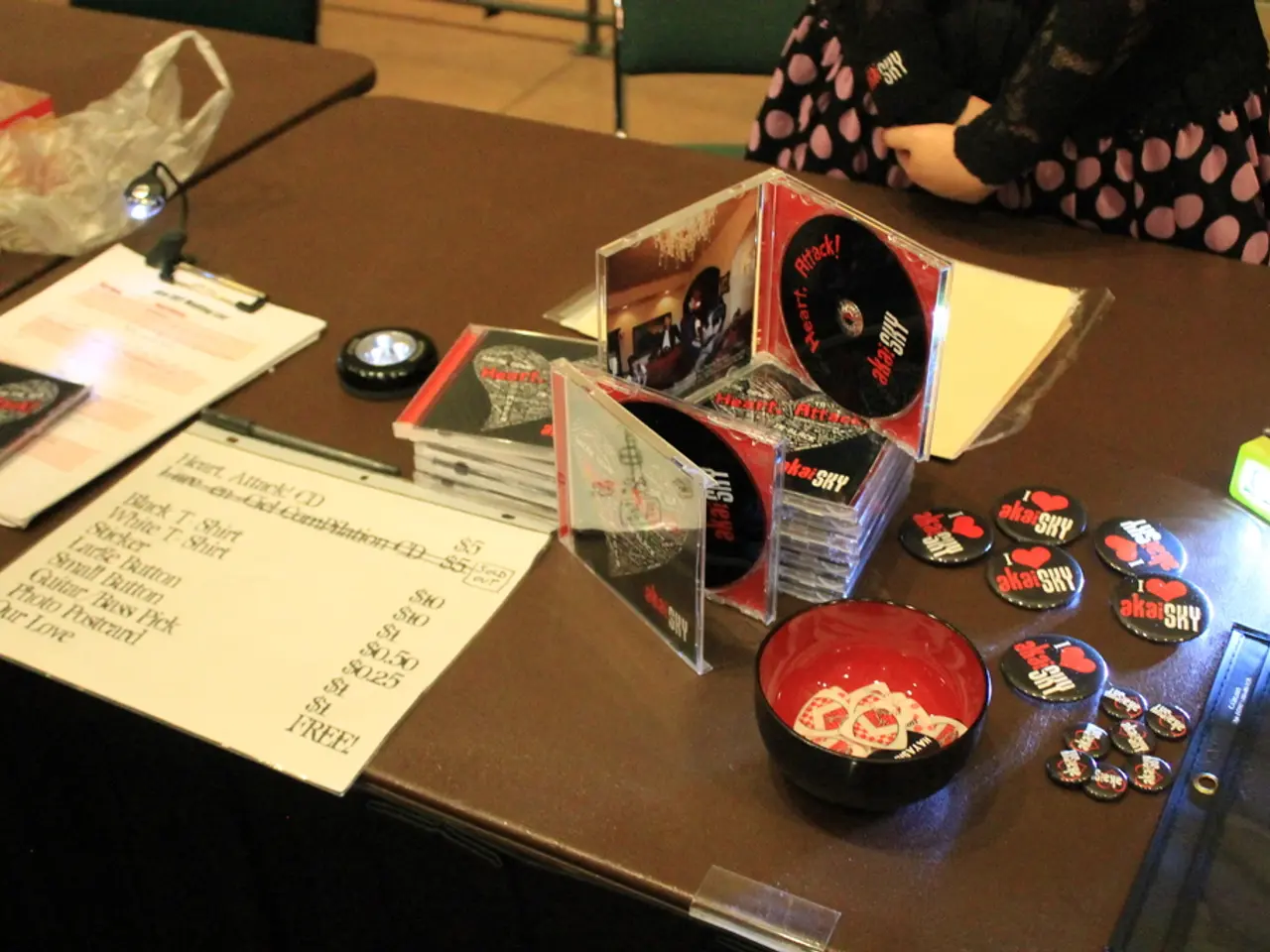Card Play Decision: Is It Wise to Hit on a Fifteen in Blackjack?
In the thrilling world of Blackjack, a hand of 15 is considered a tricky situation due to its delicate balance between the risk of busting and the dealer's likelihood of busting. The optimal strategy for holding a hard 15 in Blackjack depends largely on the dealer's upcard.
When the dealer shows a 2 through 6, it's advisable to stand. This is because the dealer is more likely to bust with a low upcard, so standing on 15 reduces your risk of busting and takes advantage of the dealer's weak position.
On the other hand, if the dealer shows a 7 through Ace (especially 10 or face card), hitting is the recommended play. Against these stronger dealer cards, hitting increases your chance of improving your hand since the dealer is less likely to bust.
The core approach to a hard 15 can be summarised as follows:
| Dealer's Upcard | Player's Optimal Move on Hard 15 | |-----------------|----------------------------------| | 2 to 6 | Stand | | 7 to Ace | Hit |
If surrender is available and allowed, it may be considered against a dealer 10, but generally hitting is preferable if surrender isn't an option.
It's important to note that in more lenient Blackjack games, players can double down on any two initial cards, including Soft 15. Aggressive players may double down on Soft 15 versus the dealer's weakest up-cards (Five or Six) due to the dealer's high probability of busting.
Mastering the 15 play in Blackjack, along with understanding other tricky Blackjack hands, can help minimize the house advantage. When playing Blackjack, seek out games where a Natural 21 pays 3-to-2, as some casinos only pay 6-to-5 for a Natural 21, which can significantly cut into winnings.
Blackjack card values are assigned in a way that results in an outsized population of 10-cards. A card with a split personality - the Ace - can count as either 1 or 11, whichever is most advantageous. In some games, doubling down is restricted to specific hand values, such as 9, 10, or 11.
Practice Blackjack strategies, including the 15 play, with free online games before playing for real money. This will help you gain confidence and improve your decision-making skills.
In Blackjack, Aces can count as either 1 or 11, whichever is most advantageous. When a Soft 15 (Ace and a card other than Ten) is dealt, there is no risk of busting. The probability of being dealt a 15 with the first two cards of a Blackjack game is around 8.4%.
The card shown by the Dealer can be thought of in two general categories: bust cards and superior cards. When the Dealer shows a bust card (Deuce, Three, Four, Five, or Six), your play is to stand.
In summary, the 15 play in Blackjack is a crucial aspect of the game that requires a strategic approach. By understanding the optimal moves based on the dealer's upcard, you can increase your chances of winning and minimise the house advantage. Happy gaming!
While engaging in Blackjack, it's advisable to stand when the dealer shows a bust card (2 to 6) and you hold a hard 15, because the dealer is more likely to bust with these cards, thereby reducing your risk of busting. However, if the dealer shows a superior card (7 to Ace, especially 10 or face card), hitting is the recommended play as it increases your chance of improving your hand since the dealer is less likely to bust.




